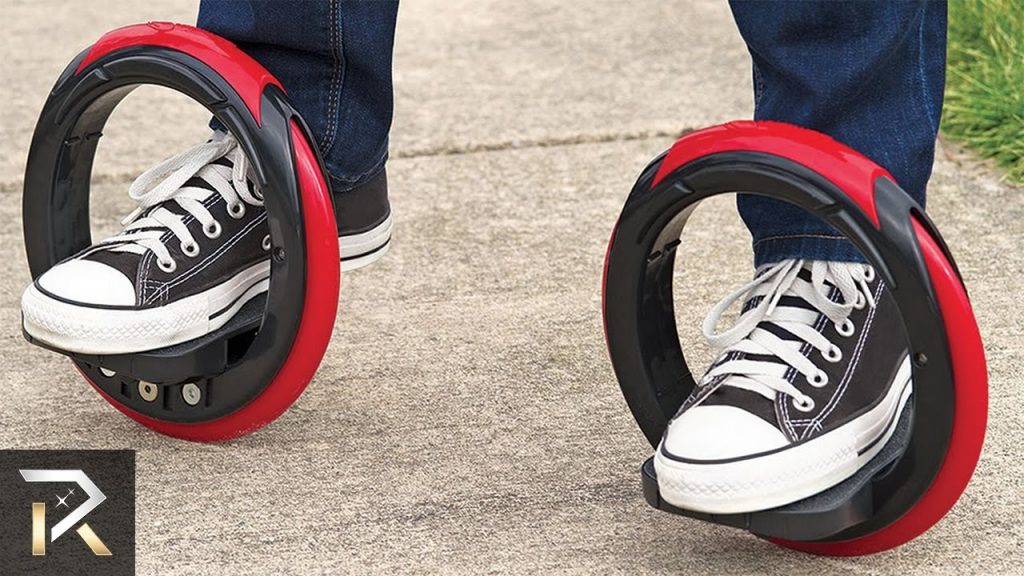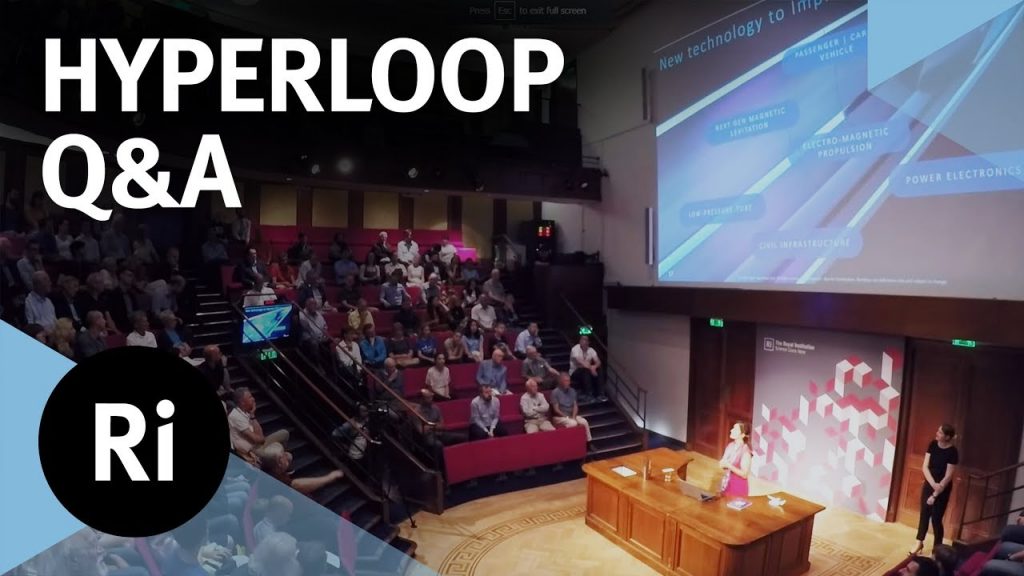How Tech Designed for Space Is Saving Lives on Earth

Tech Designed for Space
Space technology gets applied in all sorts of ways down here on Earth, making us more comfortable, healthier, and even saving lives!
Hosted by: Reid Reimers
Technology has come a long way since the early days of space exploration, as innovations designed for exploring the vast expanse of space have since made an impact in various fields on Earth – including life-saving initiatives.
In 2014, NASA designed a highly durable, low-cost electrochemical water purification system that operates in low gravity. This technology has since been adapted for emergency response teams and regions facing water scarcity worldwide. NASA’s Silver Ion technology kills most bacteria and viruses present in water, and its simple design allows for easy maintenance and low-cost production, hence making clean water more accessible to communities in need.
Another example is NASA’s Robonaut 2, a highly advanced robotic system designed for complex operations in space. The robotic system has since been adapted for use in hospitals to assist surgeons in highly complex procedures. Robonaut 2’s precision, dexterity and ability to enhance accuracy during surgery has enabled surgeons to perform high-risk operations effectively and safely. It has significantly decreased the chances of complications during surgeries and improved success rates.
Satellites, another vital technology used in space, have since been adapted for use in disaster management. Satellites have applications in flood forecasting, early warning systems and ground deformation monitoring, among other emergency response applications. The use of satellite technology in disaster management has revolutionized emergency response efforts, and governments worldwide have partnered with technology companies to incorporate satellite data in their disaster management strategies.
Even technology designed for exploring other planets has had an impact in modern medical care. NASA’s Mars rover technology used to analyze soil samples on the red planet is also used to build high-performance prosthetics. NASA’s Mars rover has sensors with high-resolution analytical capabilities, and this makes it possible for engineers to create state-of-the-art prosthetics with high-response capabilities similar to human limbs.
Lastly, NASA’s Portable Unit for Metabolic Analysis, initially designed for space exploration, has since been adapted to improve the treatment of critically ill patients. The device analyzes a patient’s breath every 30 seconds and provides real-time data on the patient’s metabolic status. This technology has revolutionized the management of critically ill patients, enabling doctors to make informed decisions and improving patient outcomes.
In conclusion, space exploration technology has evolved far beyond merely discovering the vastness of space, as its harnessed potential extends to life-saving initiatives across various fields. Through advanced technological innovations, space agencies and technology companies have caused unprecedented breakthroughs in healthcare, disaster management, and humanitarian aid efforts. As technology continues to evolve, the potential for space exploration technology to impact lives on Earth cannot be overstated.









Futuristic Technology You Can Buy Today
New medical technology helps nurses insert an IV on the first try
CRAZIEST New Technology Used By The Military Today!
DEMA SHOW 2019: The One New Scuba Gear Everyone Is Talking About!
AI is coming for your jobs…so what?